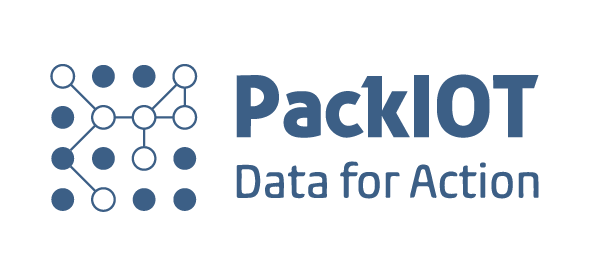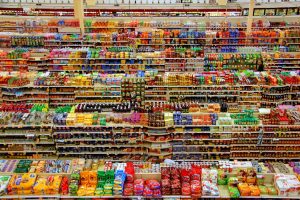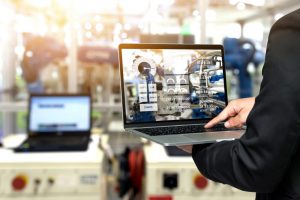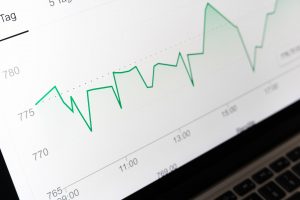The Cosmetics Industry Is Being Transformed By Industry 4.0
By Mariana Costa, Marketing Specialist at PackIOT Today, more than ever before, the beauty and cosmetics industry is starting to experience what it is like to have technological innovation at the heart of its value chain, contributing to higher performances, greater agility and flexibility. This not only applies to the consumer but also to the employees since it simplifies and facilitates their everyday and enables better ergonomics. What does innovating mean? Not only means to be able to rely on the expertise of the teams but doing so while adopting the latest 4.0 technologies with cutting-edge capabilities, to create the most efficient solutions and conditions both for employees and consumers. We have already mentioned several times how Industry 4.0 and technological innovation concerns all parties of the value chain and the different fields of an industrial group, such as: research and development, environment, design, production and digital, for example. It is also crucial for operations and performance management. This is an omnipresent component from design to distribution, product development and manufacturing. Production processes in the cosmetics industry will only become more networked. Centrally controlled plants will be replaced by production systems which allow the communication between machines,…










